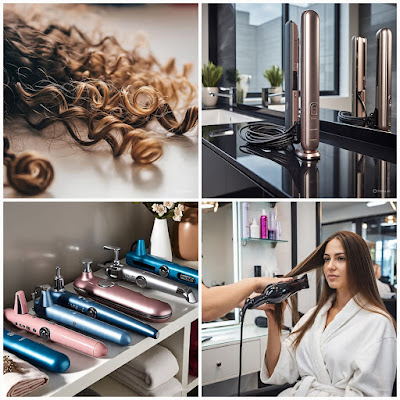Home Tips for Hair Growth
1. Warm Oil Scalp Massage
Use oils like coconut, castor, olive, or almond oil.
Warm the oil slightly and massage into your scalp for 5–10 minutes.
Leave it on for at least 1 hour or overnight before washing.
Helps increase blood flow and nourishes hair follicles.
2. Aloe Vera Gel
Apply fresh aloe vera gel directly on your scalp.
Leave for 30 minutes, then wash off.
Aloe soothes the scalp, reduces dandruff, and promotes healthy hair growth.
3. Onion Juice
Blend an onion and strain to get juice.
Apply to scalp, leave for 15–20 minutes, then wash off with mild shampoo.
Onion juice is rich in sulfur, which supports collagen production and hair growth.
(Tip: Do a patch test first — it can be strong and cause irritation in some people.)
4. Egg Mask
Mix 1 egg with 1 tablespoon olive oil and honey.
Apply to hair and scalp, leave 20–30 minutes, then rinse with cool water.
Eggs provide protein and nutrients that strengthen hair and promote growth.
5. Green Tea Rinse
Brew green tea, let cool.
After shampooing, pour it over your hair as a rinse.
Green tea is rich in antioxidants that can help reduce hair loss.
6. Avoid Hot Water
Wash your hair with lukewarm or cool water instead of hot water.
Hot water can strip natural oils, drying out the scalp and hair.
7. Healthy Diet
Eat plenty of fruits, vegetables, nuts, and seeds.
Foods rich in vitamins A, C, D, E, zinc, and omega-3 fatty acids support hair growth.
8. Stay Hydrated
Drink enough water daily to keep your scalp hydrated and healthy.
9. Use Natural Hair Masks Regularly
Try masks like:
Banana + honey
Yogurt + turmeric
Avocado + olive oil
10. Limit Chemical Exposure
Avoid excessive use of hair dyes, relaxers, or heat styling.
If you do use them, always apply a heat protectant and deep condition often.





































